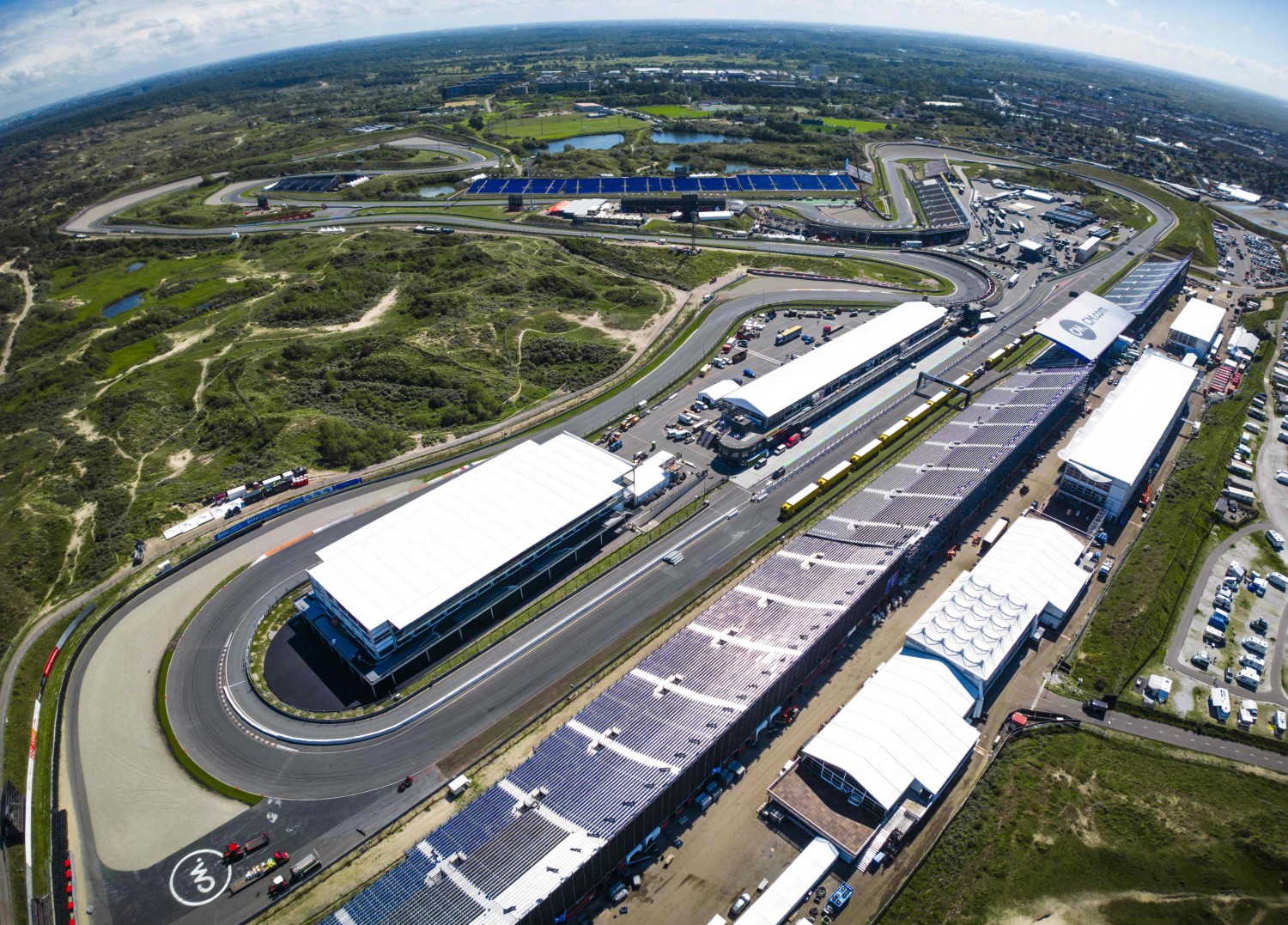F1: 2023 Dutch GP Preview
The second half of the 2023 FIA F1 World Championship season will begin with Round 14, the Dutch Grand Prix, at Circuit Zandvoort.
The seaside resort of Zandvoort has long attracted vacationers from nearby capital Amsterdam, and in the late 1930s a race was held around the town’s streets. After the Second World War a permanent track was laid out through Zandvoort’s sand dunes and elite-level motorsport graced the Netherlands for decades.
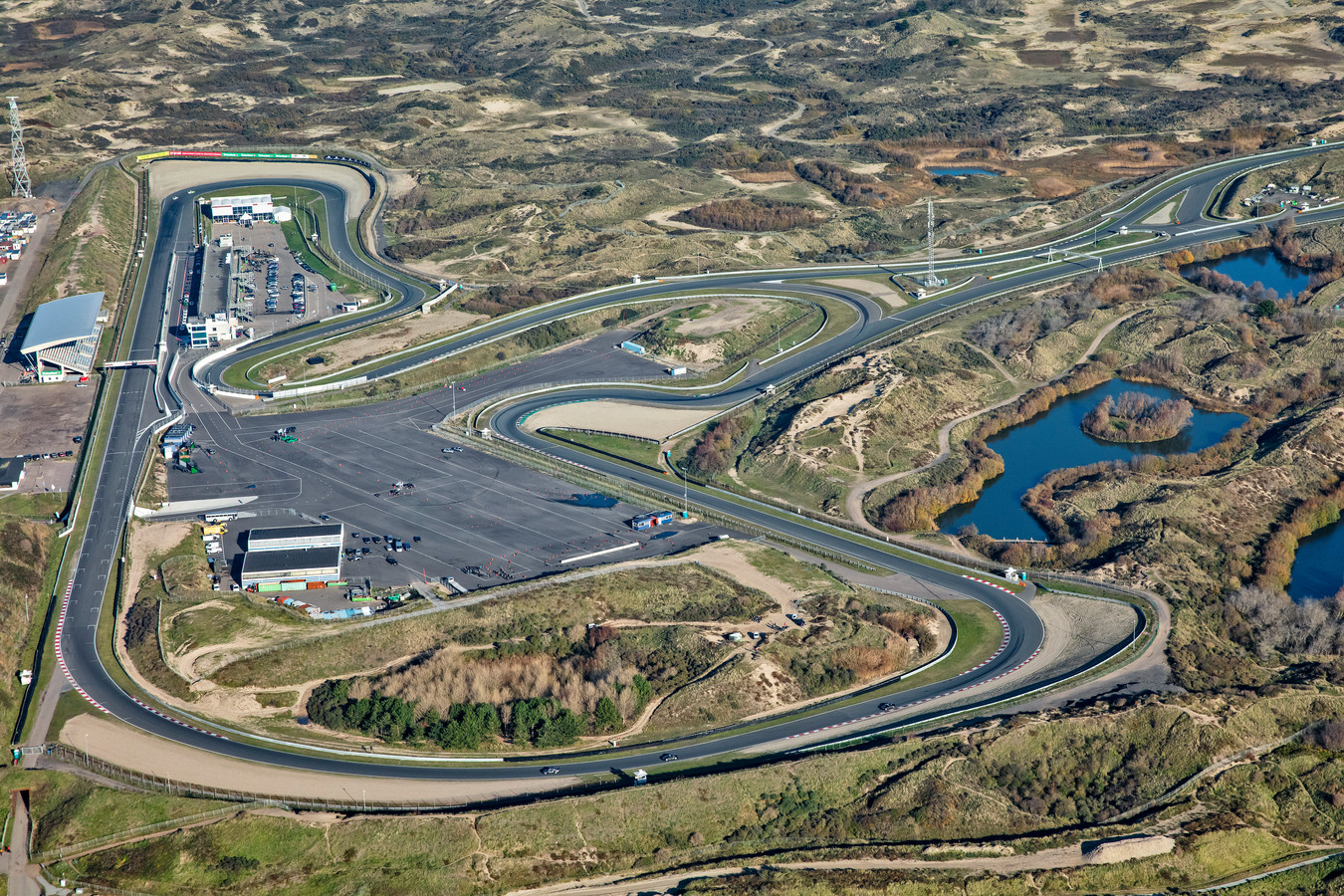
After 1985 Formula 1’s Dutch Grand Prix was discontinued, and Zandvoort’s layout was shortened, but the rise of national hero Max Verstappen raised the notion of the event returning to the championship. In 2021, after a year’s delay due to the pandemic, the Dutch Grand Prix was revived, and Formula 1 returned to the venue for the first time in 36 years.
Circuit Zandvoort is old school and while the facility was brought up to Formula 1 standards – with redesigned run-offs and barriers – the layout remained fundamentally unchanged. The circuit features a mixture of fast and flowing curves, most notably the right-hand plunge through Scheivlak, alongside slower and more technical turns in the middle sector.
Zandvoort is a fantastic place to resume the season. It’s a challenging track with an old-school feel; banked corners and high-speed sections undulating through the dunes. There’s always an incredible atmosphere with the passionate Dutch fans and it’s always a fantastic celebration of our sport. I’m sure this year will be no different and I’m excited to get there.
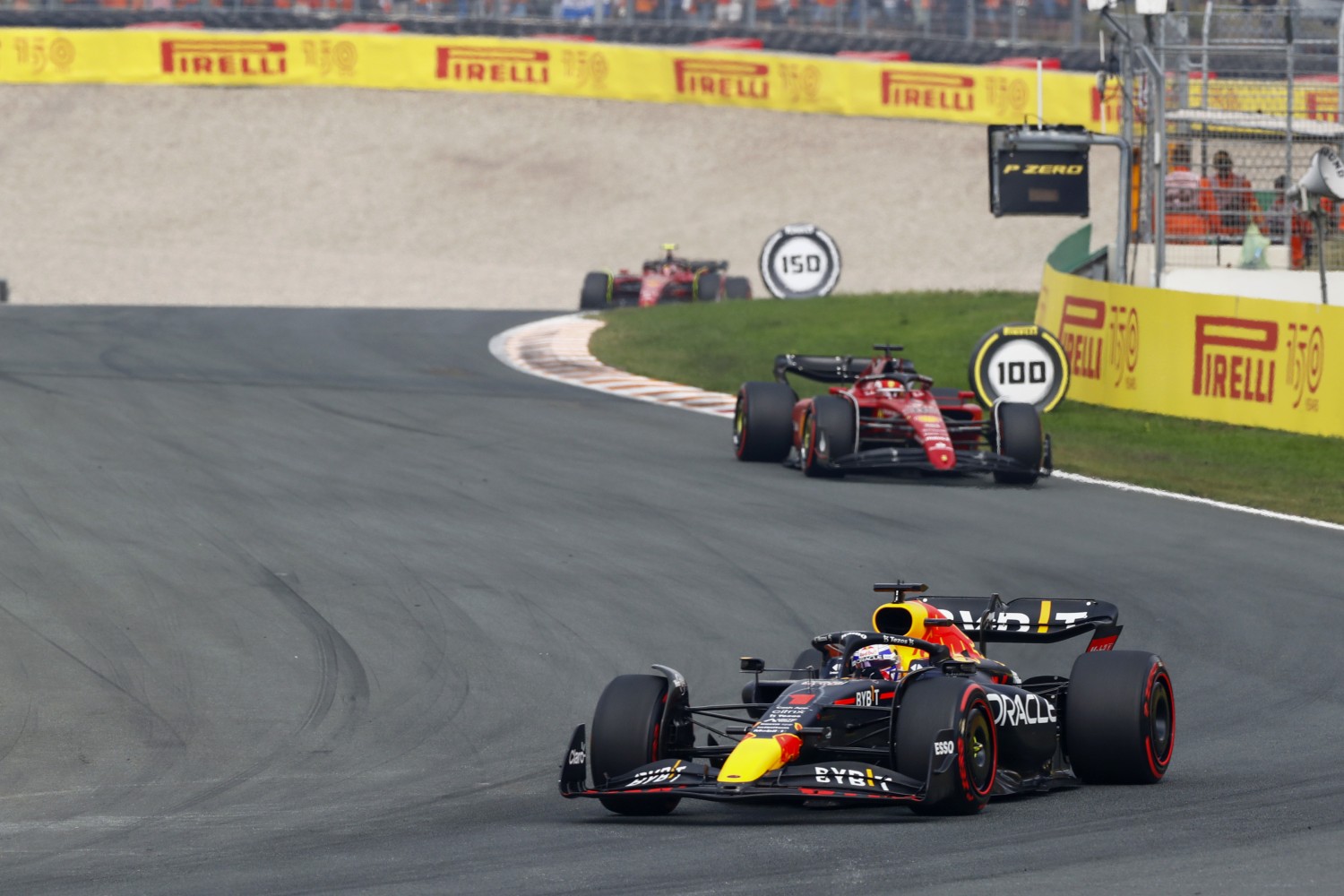
The most striking revisions came to two corners that had banking added, providing an additional challenge, while promoting a variety of racing lines. Turn 3, Hugenholtz, has 18-degree banking while the final corner, Arie Luyendykbocht, features 15–18-degree banking as it propels drivers towards the pit straight.
The back to back races in Zandvoort and Monza, which start the second half of the season, are a fascinating pairing. Monza is a low downforce circuit, hosts the second ATA event of 2023, and will use the softest of the Pirelli tire compounds. In stark contrast, this weekend is a standard event on the short, twisty Zandvoort track with the hardest of the Pirelli tire compounds.
The Zandvoort circuit sits right on the coast, but mostly sheltered by the surrounding dunes. The circuit is characterized by heavy banking in several corners, including the final corner, which contains a section of DRS deployment. The overall layout and placement of the curbs can lead to car damage, and the drivers will need to be mindful of the risk-reward trade at this track.
The circuit places a heavy demand on the tires, and therefore we have some of the hardest compounds available, which should work well here, especially if the track is hot. Overtaking is difficult, and so there is a premium on race strategy and suitable management of the tires.
Passing another car is pretty difficult at Zandvoort, as the track is narrow and generally twisty. It means that qualifying has great importance here. Apart from the straight, there is another DRS zone between turns 10 and 11.
Defending Champion Max Verstappen’s view
“The summer break was really good, I had a decent amount of time relaxing with friends.
“I’m excited to get going with the second half of the season now and what better way to start than in the Netherlands. It’s an amazing track and of course, the fans are incredible there, so I’m definitely excited to get back on track.
“It looks like the weather could be temperamental there, but I don’t mind either way, wet or dry, we’ll do our best to make sure we score maximum points.”
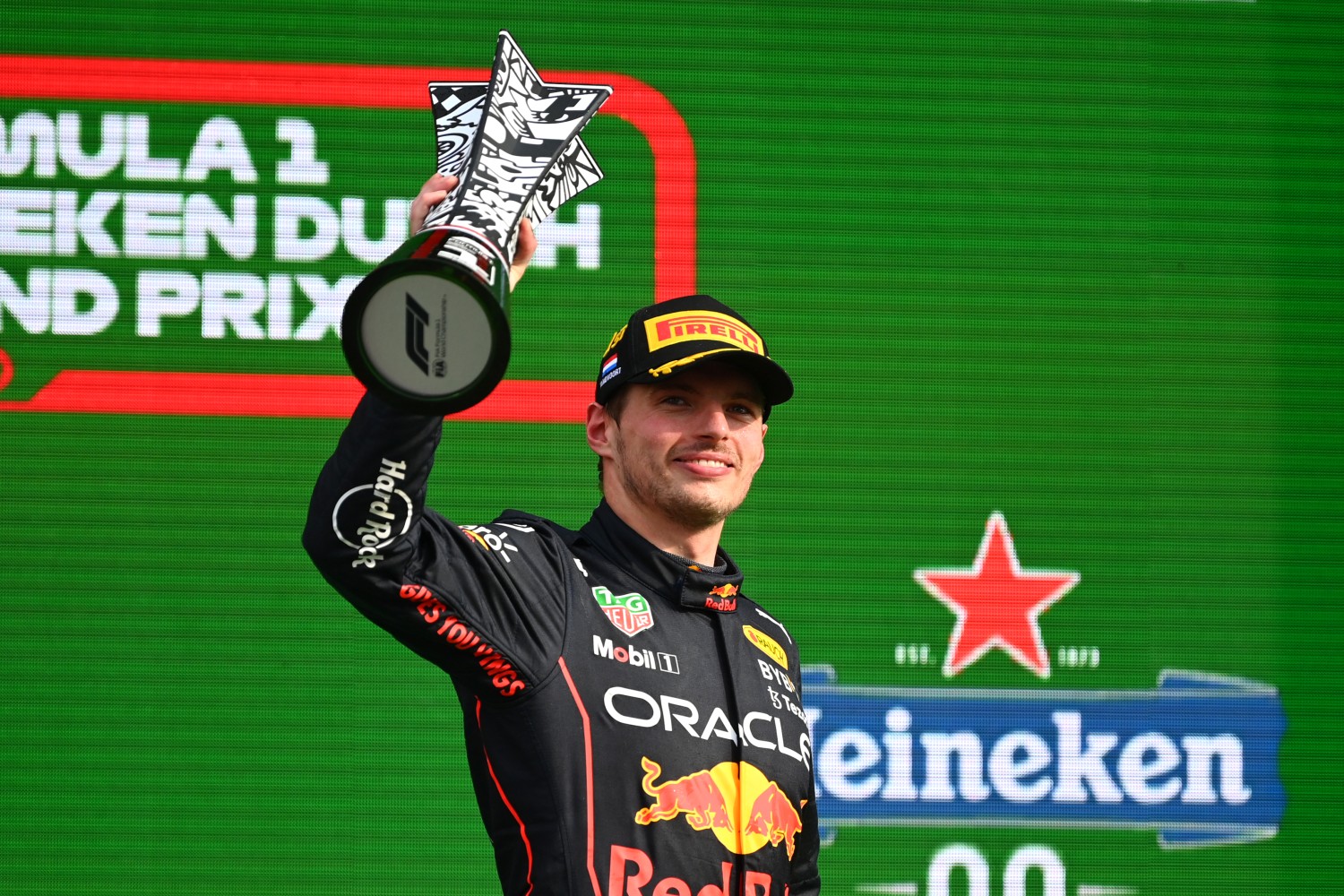
Fact File: Dutch Grand Prix
- After tackling the longest track of the season in Spa, we head to the second shortest and Zandvoort; it clocks in at just 4.259 km.
- It is perhaps no surprise therefore that we see the second-highest lap total of the year here at 72 for Sunday’s Grand Prix. That is just six short of the number we complete at the Monaco Grand Prix, the highest total of the season.
- The circuit features 14 corners, four to the left and 10 to the right.
- Zandvoort doesn’t feature many long straights, and a lot of the lap is spent in these 14 corners. It’s therefore a track with low-power sensitivity and engine duty, so the Power Unit isn’t put through as much strain as at other circuits.
- Just 55% of the total lap time is spent at full throttle, which equates to just over 65% of the lap distance. It is most similar in characteristics to Interlagos in Sao Paulo in that sense.
- Without any significant straights, overtaking is a challenge here. Last year, we saw just five non-DRS aided passes in the 2022 race.
- That means qualifying performance is vital and makes it one of the most important qualifying sessions of the year.
- It is the third highest circuit for downforce sensitivity, which means a high downforce set-up is required. The only two tracks that are higher than Zandvoort are Budapest and Monaco.
- The circuit also has significant banked turns as it winds its way through the dunes. Turns 13 and 14 see the cars tackle 18 degrees of banking – around twice as steep as that seen at the Indianapolis Motor Speedway.
- This puts vertical loads through the cars and tires, not just lateral loads. The drivers also experience these vertical loads, as they get pushed into their seats rather than just from side-to-side.
- Drivers experience up to 4.7 G through the long, sweeping Turn 7, one of the highest lateral g-forces of the entire season.
- The pit lane length measures just 235 meters, one of the shortest of the entire season.
- Due to this, the pit lane is tight, and the speed limit is therefore lowered from the usual 80 km/h to 60 km/h.
- Time loss in the pit lane is still short though, with a calculated pit lane time of just over 13 seconds.
- To improve the traffic situation in the pit lane, the gap between pit boxes has been extended by 1.5 meters for this year’s race.
Pirelli Tires
MARIO ISOLA – MOTORSPORT DIRECTOR
“The second half of the season gets underway with a unique race. The Dutch Grand Prix takes place in Zandvoort: one of the most traditionally demanding tracks on the calendar that returned to the Formula 1 schedule three years ago on the wave of all the local support for Max Verstappen, who repaid his fans amply with a pair of victories from the last two races. It’s a very twisty track with two banked corners – Turn 3 and Turn 14 – that are steeper than Indianapolis, by way of comparison.
“On corners like this, the stress on the tires is greater than it would be through normal corners, as the vertical forces increase with the much higher speeds due to the banking. We’ve brought the same tires as 2022, at least as far as the names are concerned: C1, C2, and C3.
“However, the current C1 is actually a new compound for this year, positioned between the C2 and the previous C1, which is now called the C0. Last year, in a race that was characterized by two neutralization, no fewer than 14 drivers – including the top three – used all three compounds, underlining the wide variety of options available to the strategists on the pit wall.”
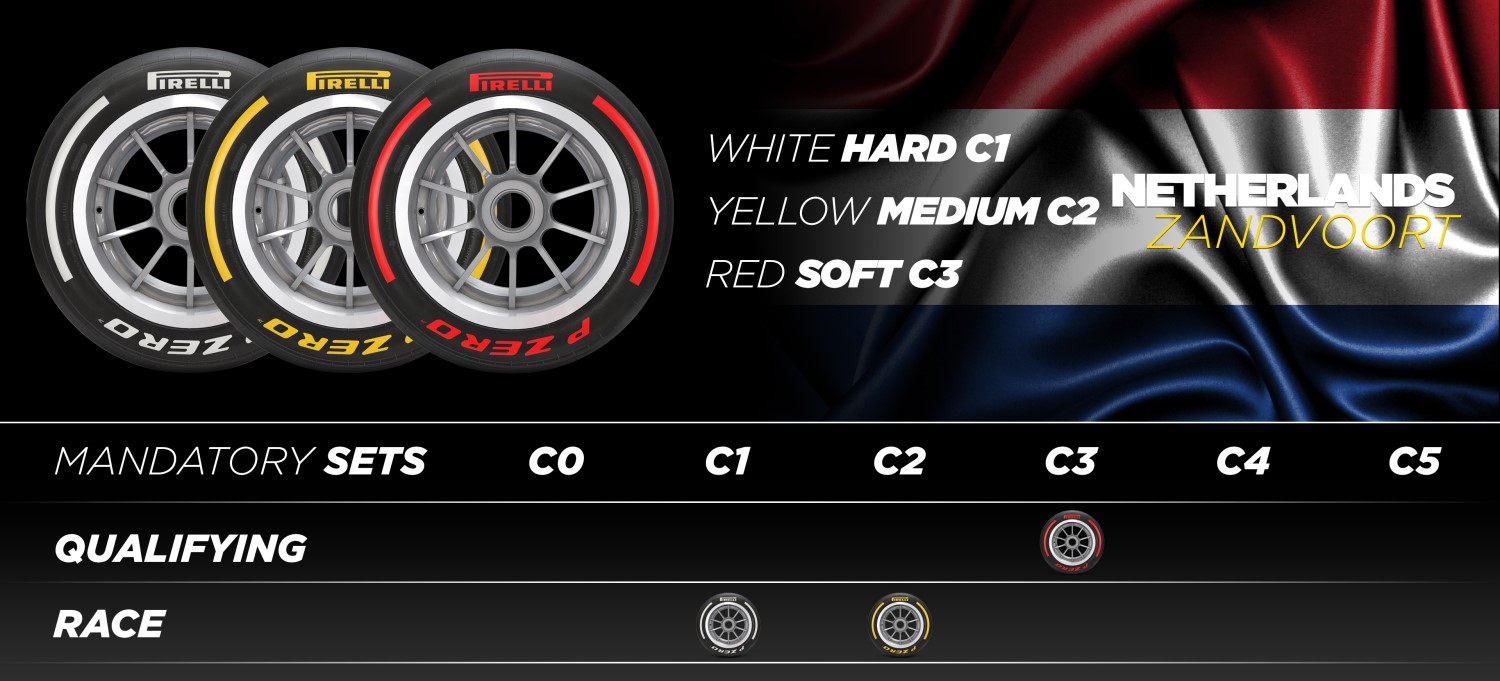
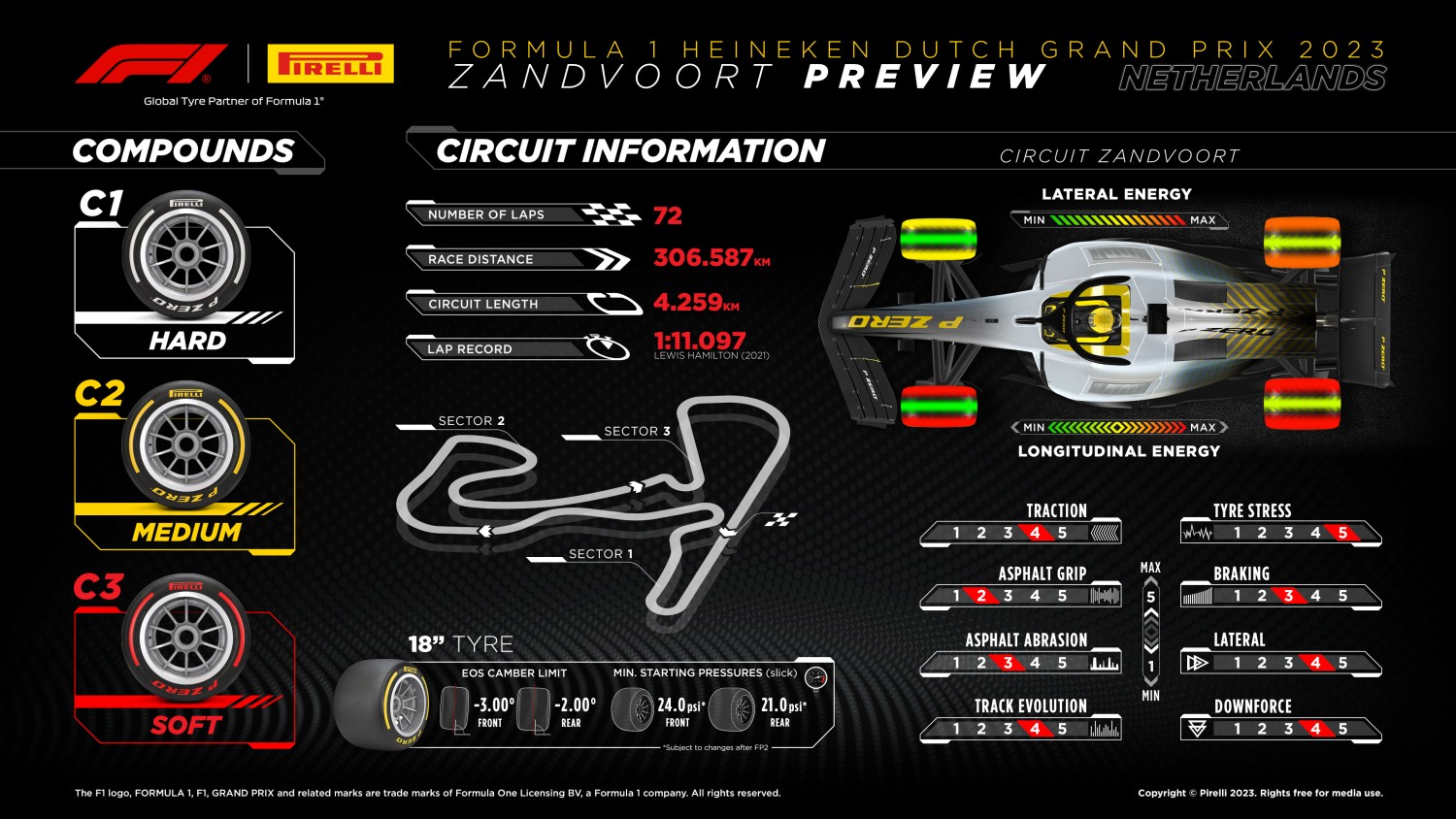
THE TIRES ON TRACK
- The C1 compound is nominated at the Dutch Grand Prix as P Zero White hard, C2 as P Zero Yellow medium and C3 as P Zero Red soft. This is the same choice as the last two years (since Zandvoort returned to the calendar) with the difference being that the current C1 compound is softer than its predecessors.
- A total 32 Formula 1 Grands Prix have been held at Zandvoort since 1952, with the track returning to the calendar in 2021 after a 35-year absence. The most successful team in Zandvoort is Ferrari with eight wins, while the driver with the most victories (4) is Jim Clark.
- Most drivers made three pit stops last year. On paper, the fastest strategy is a two-stopper, but it’s possible to stop just once with careful tire management. Last year, the opportunity for a final stop onto the softs was made possible by a late safety car (following a virtual safety car).
- Overtaking is tricky because of the narrow track and constant sequence of corners. This makes qualifying even more important in terms of the end result.
- The Zandvoort circuit was inaugurated in 1948 and is located between the sand dunes right next the North Sea. As a result, sand can sometimes get blown onto the track and reduce the grip from the tires: which is a risk at Sakhir in Bahrain as well.
- The Dutch Grand Prix gets the second half of the season underway, a week before Monza. The Formula 1 Pirelli Gran Premio d’Italia 2023 will take place from September 1-3: the home race for Ferrari and AlphaTauri.
